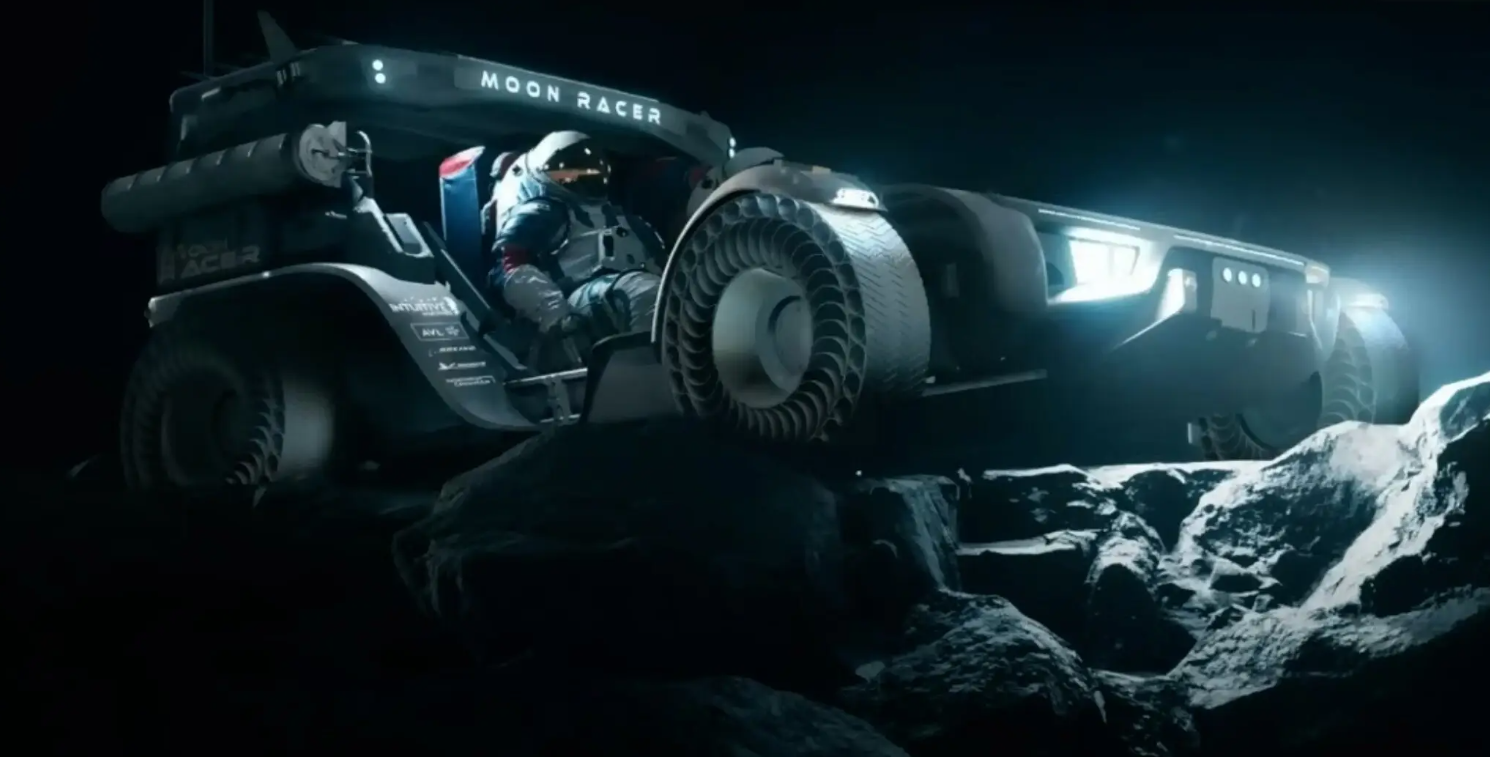NASA shows what astronauts' vehicles look like for trips to Moon
 What the space vehicles will look like (photo: NASA)
What the space vehicles will look like (photo: NASA)
NASA has announced that they have hired three companies to develop transportation vehicles for moving astronauts at the Moon's South Pole. The project is planned to be implemented by 2030 and to send a vehicle along with the Artemis V mission for the third landing of humans on the satellite, reports The New York Times.
How the lunar rover will look
According to the engineers' design, after the astronauts return to Earth, these vehicles will be able to autonomously navigate like robotic explorers, similar to rovers on Mars.
The ability to autonomously navigate will also allow the vehicle to meet the next mission of astronauts in another location.
It is also reported that the project involves companies: Intuitive Machines of Houston, which successfully landed a robotic spacecraft on the Moon in February, Lunar Outpost Golden, Colorado, and Venturi Astrolab from Hawthorne, California. However, only one of the three companies will build a device for NASA.
The space agency requires a lunar rover that can move at speeds up to 15 km per hour, travel tens of kilometers on a single charge, and allow astronauts to drive for 8 hours.

This is what the lunar vehicle for trips to the Moon could look like (photo: NASA)
The agency will work with three companies over the year, and then select the best project. However, the vehicle will not be ready for the Artemis III astronauts, the mission planned for 2026.
Most likely, the lunar transport will be ready for the Artemis V crew, the third planned landing on the Moon, expected in 2030.
The contract will amount to up to $4.6 billion over the next 15 years - five years of development, followed by a decade of operations on the Moon.
The company chosen to build the lunar transportation vehicle will retain ownership and will be able to lease it to other clients when it is not needed by NASA.

This is what the lunar rover for trips to the Moon could look like (photo: NASA)
Earlier, we wrote about the establishment of a single standard time on the Moon.
Also, read about how a solar eclipse looks from the Moon - unique footage from NASA.

